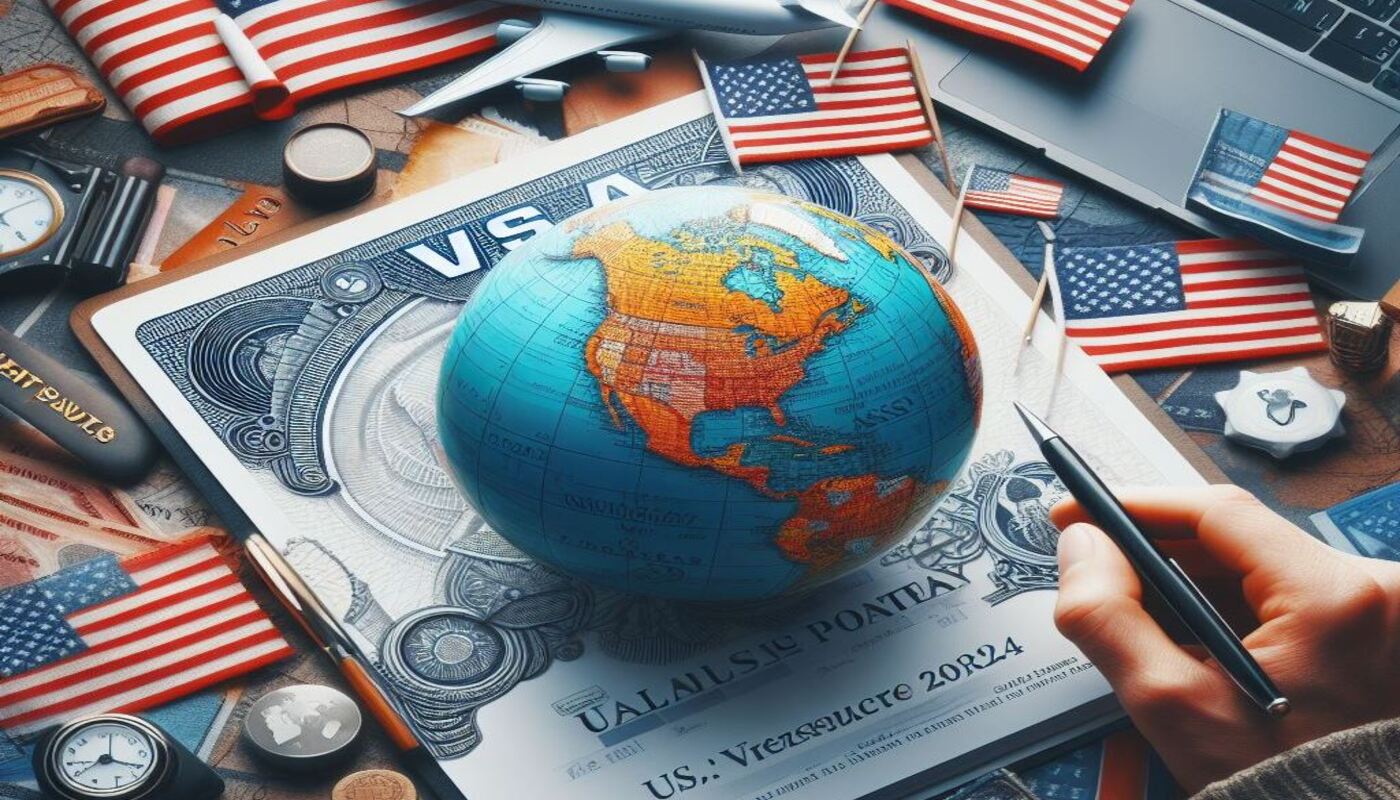Immigration takes center stage in current news cycles, featuring images of refugees embarking on arduous journeys to enter the United States, only to face new challenges upon arrival. Local officials in places like Edison, N.J., and the suburbs of Chicago are contemplating sending arrivals back to the border. As the political landscape gears up for upcoming elections, the issue of immigration remains a hot-button topic, inundating Americans with diverse perspectives from mayors, governors, members of Congress, migration experts, and advocacy organizations.
Amidst the clamor for immigration reform, it’s crucial to examine the approaches taken by other countries before charting our course. Germany, for instance, has announced a new system to address individuals not meeting asylum criteria, with Chancellor Olaf Scholz endorsing large-scale deportations for rejected applicants. The “Repatriation Improvement Act” aims to increase deportations without prior announcements, empowering German police with extended search powers.
Across Europe, a surge in anti-migrant sentiment has led to conservative-leaning public demands for stricter restrictions in the 27+ countries. A proposed pact in Europe seeks faster assessments of asylum eligibility through solidarity mechanisms, offering financial compensation to nations accepting more asylum seekers. Efforts to centralize border management and enhance information-sharing highlight the continent’s major overhaul of the immigration system.
However, the tightening of asylum rules in European countries also reveals potential downsides. The United Kingdom, for instance, is set to increase salary requirements for job offers, limiting outsiders’ access. In France, the Senate recommends tougher reforms impacting citizenship, immigrant benefits, and family reunification terms.
Turning to the United States, Republicans advocate for stricter standards for asylum claims, proposing measures that could fast-track deportations without adequate cause. Democrats, on the other hand, push for a “safety valve” to prevent harsh standards leading to mass deportations and restrictions on immigrants contributing essential labor and skills to the U.S.
Reflecting on history, it was a century ago that the U.S. immigration system underwent a major reconfiguration with the Immigration Act of 1924. As the nation navigates current debates, the hope is to strike a balance that preserves America’s diverse labor force and avoids fostering resentment against those seeking refuge and contributing value to the country.
Source: MSN





















